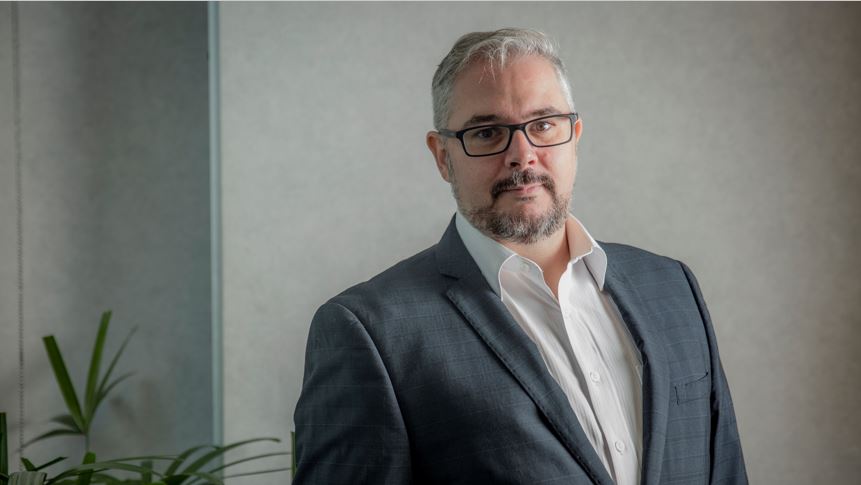Gartner predicts that government spending on IT worldwide is expected to reach US$ 588.9 billion in 2023, which represents an increase of 6.8% compared to 2022
 *By Thiago Spósito
*By Thiago Spósito
According to data released in September 2022 by the Gartner Institute, technology purchases in the Public sector take, on average, about 22 months to become effective. That is, it indicates a longer technology adoption cycle in government agencies compared to other economic sectors. Therefore, creating a Hybrid IT ecosystem is not the job of a legislature, but of a state policy.
Gartner predicts that government spending on IT worldwide will reach US$ 588.9 billion in 2023, which represents an increase of 6.8% compared to 2022. According to the consultancy, governments will look to modernize the legacy infrastructure of IT and make investments in access to digital services, seeking to reduce the gap to services provided by private companies.
Initiatives such as migrating services to Cloud environments, modernizing applications and strengthening network security are among the top priorities. The idea is that the innovation that governments are focused on serves to improve user engagement and satisfaction.
The Government of Michel Temer (2016 – 2018) had already signaled a path to cloud computing with some shopping, followed by other acquisitions until today in the Jair Bolsonaro mandate (2019 – 2022). Already in the 2023 budget is a hiring estimated at R$ 530 million that involves the new version of the public cloud of the Digital Government Secretary.
A revised version of the Brazilian Strategy for Digital Transformation (E-Digital) was published by the federal government with a proposal for strategic actions in the area by the year 2026. Prepared by an inter-ministerial committee (CITDigital), the strategy was completed in the transition of government from the administrations of Jair Bolsonaro and Lula (2022/2023). It includes the creation of a National Interoperability Policy at various levels, with the use of contracting mechanisms by the public sector to attract data centers to the country.
We must not forget that we are still driven by the pandemic and supply chain bottlenecks are still tied up and any hardware or parts take a long time to arrive. In addition to losing agility, the unfavorable exchange rate added to the delivery time generates a cost and planning problem for the adoption of technologies.
I believe there is room for everyone. Efficient management in the hybrid model is better than adhering to platforms solely on cloud or on premise, giving the option for governments not to be held hostage by any model or price. We are experiencing a unique opportunity to create a hyperconverged storage model in the public sphere, focusing on improving the critical hosting environment of public services and the security of an explosion of digital identities to protect the population's data.
*Thiago Spósito, is a partner at Add Value
Notice: The opinion presented in this article is the responsibility of its author and not of ABES - Brazilian Association of Software Companies













